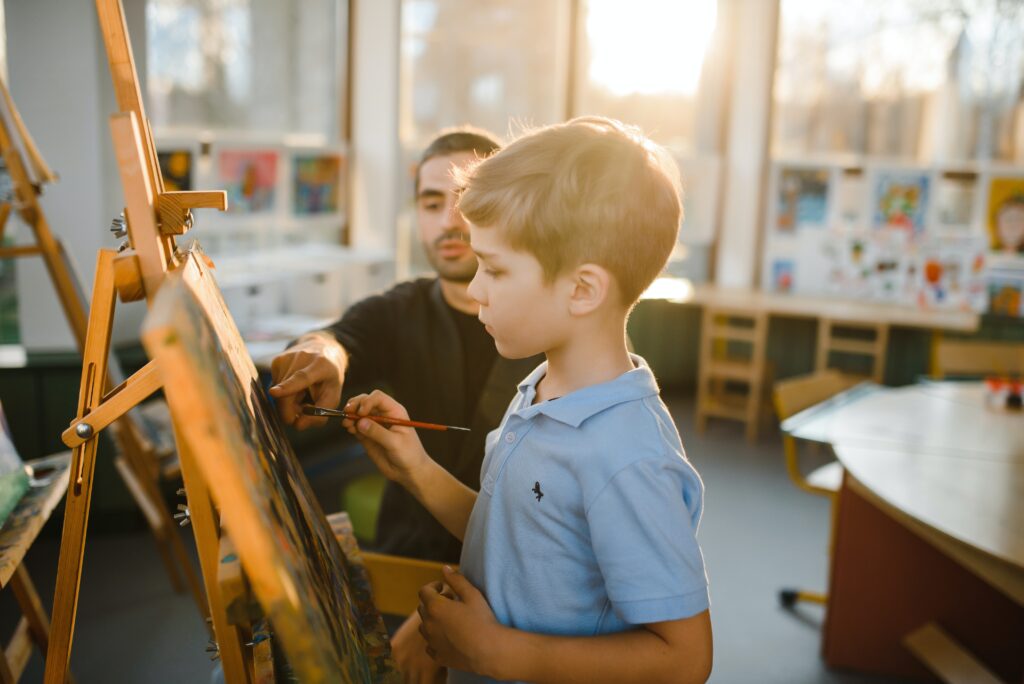Triangulating the Centre of the Art

Hi all, Greg Reimer here. Devon asked me to take a post or two, and I thought I’d start with some musings I had while on my recent fall tour of Western Canada, affectionately called the Swordfight Roadshow. I visited many groups in all the major cities of Alberta, Saskatchewan and Manitoba, and found myself reiterating over and over why I was there and what I was personally wanting to get out of our meetings. It came down to three activities used to get closer to the centre of the art of swordplay: learning, experiencing, sharing.
Learning the Art
This is the heart of what I’ve been doing since 2006—learning the art of fighting with sharp weapons. I’ve been playing music as an amateur, semi-pro and professional since, oh, the mid-80’s, so by comparison I still consider myself somewhat of a newcomer to these martial arts. And there is so much to learn.
Learning and training is what I do, and I believe it’s what everyone can do, no matter your overall ability or personal hunger for small details and academic study. Learning the art means understanding it, describing it, digesting it, digging deeply into the nuts and bolts of what makes the art tick. Swordplay can be mechanical, but in a good way, because it follows rules and precepts that don’t change even over centuries of practice. And that makes it available to us as an understandable field of study.
I don’t fight in earnest with sharp swords like the masters of old—I fear my studies may be cut way too short if I did! There is, however, a decided thrill in digging back into ancient treatises and animating the plays and techniques. I learn when I step in their footsteps and put my hands where they did. I also appreciate our modern approach to the art—it has to make sense!—and our ability to question and examine historical methods with rigorous scrutiny. Don’t bog me down in minutiae, but sometimes it’s the subtle nuance that delivers fascination.
Experiencing the Art
I mean actually doing some sort of combative freeplay. You gotta be willing to spar with lots of different people, but my more memorable sparring partners are those who can share a sense of exploration with me. We can work (and work and work) the craft of it together. And I don’t mind complimenting my partner when they have struck me in a well-timed, well-covered blow. It’s the thing we’re all trying to do, after all.
I continue to be amazed at the power of slow combat. Why? Because it gives us superbrain! Our bodies are governed by a speed limit well below max, yet our minds are free to process data and strategize as quickly as ever. I can see a blow coming a mile away, and put myself in advantageous positions at just the right moment. Sweet.
But what is equally awesome about slow fencing is that my partner has superbrain, too. When we fence slowly I’m actually fencing a very advanced opponent, one who sees my blows coming a mile away and does quite a good job at putting themselves in advantageous positions that make my fencing life difficult! But don’t speed up to compensate—we would rob ourselves of a highly skilled opponent who exacts from us precision and thoughtfulness.
Sharing the Art
I paid to keep the lights on in my fencing club where I was taught. But there’s no amount of money large enough to pay for what I was taught there. And I was taught by people who loved this stuff, sharing it freely and without reservation. I continue this tradition.
I think good instructors are worth paying for, but my motivation for sharing the art goes beyond exchanging the art for money. I want to gift others with this beautiful practice of swords and sweat. Three wants: I want to describe the art without ambiguity. I want to be brief. And I want to be clear! It’s a lot to shoot for, and I must continually make many correcting adjustments to my delivery. But what I know is too good to not share.
Every once in a while I even say something quite intelligent. Shocking! It’s a product of learning and experience, having fermented inside of me long enough to come out in the kind of quality that marks a moment as special. More of those, please!
In a future post I’ll get to the actual Roadshow stops, people and events. The mini-journey of just three weeks there and back again was a revelation in so many ways. Best one yet. Enjoy your journey to the centre of the art.


